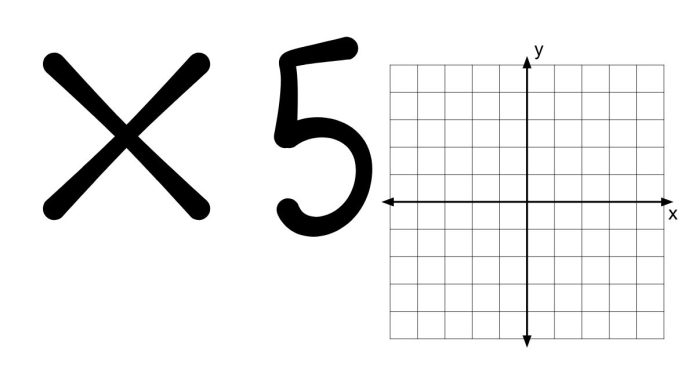How to Express 5x5x5x5x5x5 Using Exponents
When multiplying the same number repeatedly, it can be cumbersome to write it out each time. Fortunately, there’s a simpler way to express this using exponents. Exponents help us represent repeated multiplication in a concise and efficient way. In this post, we’ll explore how to express the multiplication of 5 by itself six times using exponent notation.
What Are Exponents?
Exponents are a shorthand way of representing repeated multiplication. Instead of writing the same number over and over again, an exponent allows us to write it in a compact form. The base is the number being multiplied, and the exponent tells us how many times the base is used as a factor.
For example, 2^4 means that 2 is multiplied by itself four times: 2^4 = 2 × 2 × 2 × 2 = 16
Converting “5x5x5x5x5x5” into Exponent Notation
Now, let’s look at the problem at hand: 5x5x5x5x5x5. This is simply the number 5 being multiplied by itself six times. To express this using exponents, we would write it as 5^6. The base is 5, and the exponent is 6 because we are multiplying 5 six times.
Thus, 5x5x5x5x5x5 becomes 5^6 in exponent form.
Why Is Exponent Notation Useful?
Exponent notation simplifies long multiplication expressions, especially when dealing with large numbers or complex equations. Instead of writing long strings of repeated numbers, exponents provide a more efficient and manageable way to represent repeated operations.
This notation is widely used in various branches of mathematics, including algebra, geometry, and calculus, where powers of numbers are frequently involved.
Conclusion
To express 5x5x5x5x5x5 in exponent form, we write it as 5^6. Exponent notation is a powerful tool that helps make calculations more efficient, offering a compact way to represent repeated multiplication. Mastering exponents is key to simplifying and solving complex mathematical problems with ease.


